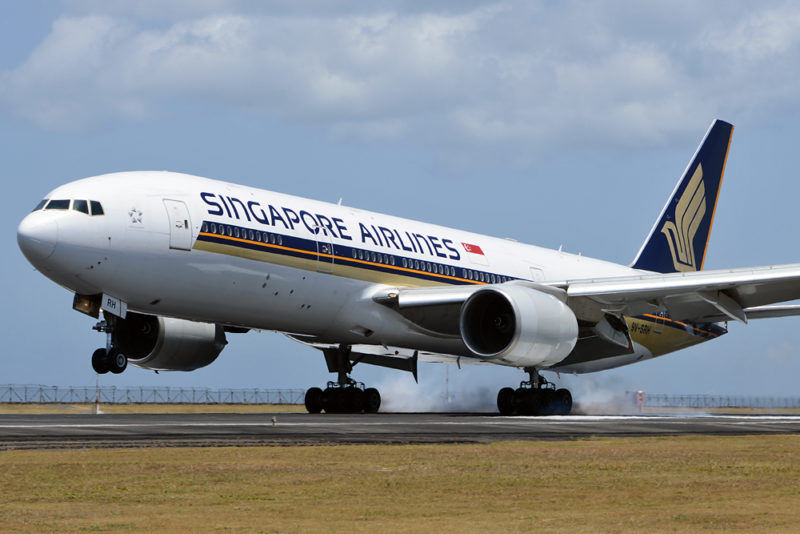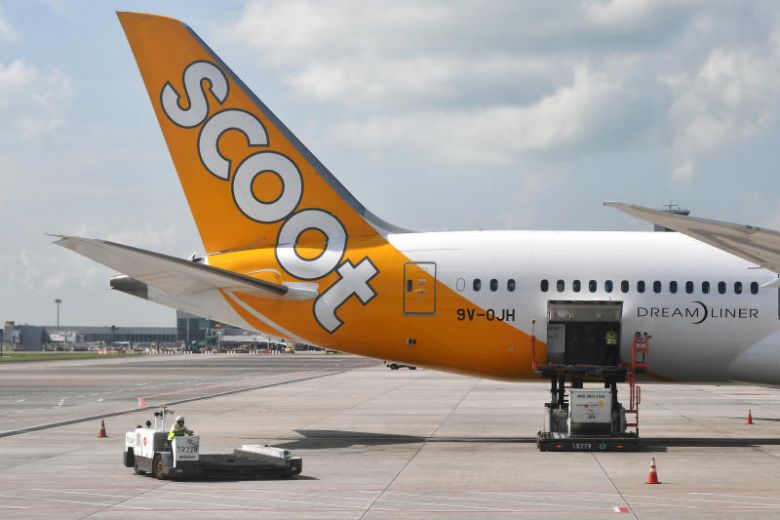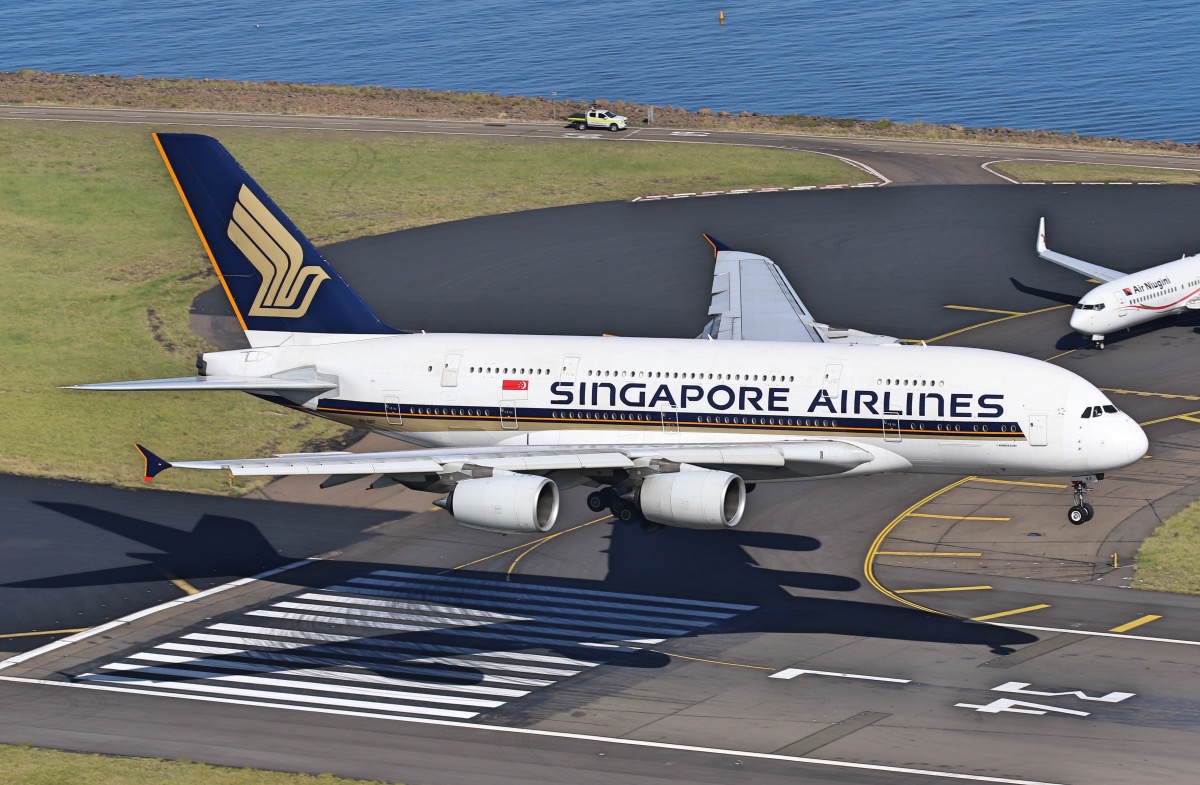Singapore Airlines and their subsidiaries carried just 0.5% of passengers in Q1 (ended 30th June), when compared year-on-year. Beyond the slim traffic figures, the SIA Group posted a net loss of SGD$1 billion ($726.4 million) in Q1; highlighting the severe impact of COVID-19 on air travel.
Singapore Airlines’ budget subsidiary, Scoot, has been hit the hardest. The airline recorded a passenger carriage drop of 99.9% in Q1. Regional subsidiary, SilkAir, posted similar results, having carried just 0.2% of passengers year-on-year.
Editor’s Note: All mention of “Q1” refers to the First Quarter of the Singapore Fiscal Year (for Government-linked corporations).

Summary of Group Results
| Singapore Airlines | Scoot | SilkAir | Year-on-Year Comparison (2019) | |
| Passengers Carried | 32,000 | 4000 | 2000 | -99.5% |
| Passenger Load Factor | 10.6% | 5.4% | 34.6% | -73.2% |
| Revenue Passenger Kilometres | 167,400,000 | 10,800,000 | 5,300,000 | -99.5% |
Singapore Airlines expects capacity to increase by the end of Q2, to approximately 7% of pre-COVID levels.
Network
Throughout Q1, Singapore Airlines has scaled back their operations into low-demand airports, but have maintained key routes. Throughout the quarter, the airline maintained a skeletal network to initially connect Singapore with 14 key destinations; this has since increased to 24.
Regional subsidiary, SilkAir, initially suspended all flights, except for services to Chongqing, China. By June, they had also recommenced services to Kuala Lumpur and Medan, Indonesia. Amidst a slump in demand, SilkAir permanently suspended services to Koh Samui, Thailand.
Scoot maintained a limited network of low-cost services. Initially in Q1, the airline just operated services to Hong Kong and Perth, Australia. By June, Scoot also added services to Guangzhou in China, Ipoh in Indonesia and Penang and Kuching in Malaysia.

Outlook
The Singapore Airlines Group expressed some optimism in relation to a global travel rebound. The group said that the recovery of commercial air travel and airfreight is a necessary catalyst for the recovery of global trade. In the meanwhile, however, Singapore Airlines is anticipating a 2-4 year recovery for passenger numbers.
“[We expect that] by the end of FY2020/21, the group’s passenger capacity may reach less than half of its pre-COVID-19 levels…We are reviewing the potential shape and size of our network over the longer term given COVID-19 and its impact on our passenger traffic and revenue, which will provide better clarity on the fleet size and mix that the group will need,”
Singapore Airlines
SIA are also anticipating a near-term rebound in airfreight demand, but capacity may still be constrained. Singapore Airlines will continue to optimise freighter usage, even as the need for cross-border medical supply diminishes. Furthermore, the group anticipates justified use of cargo-only flights on passenger aircraft.
What do you think the future is for Singapore Airlines? Let us know in the comments.




